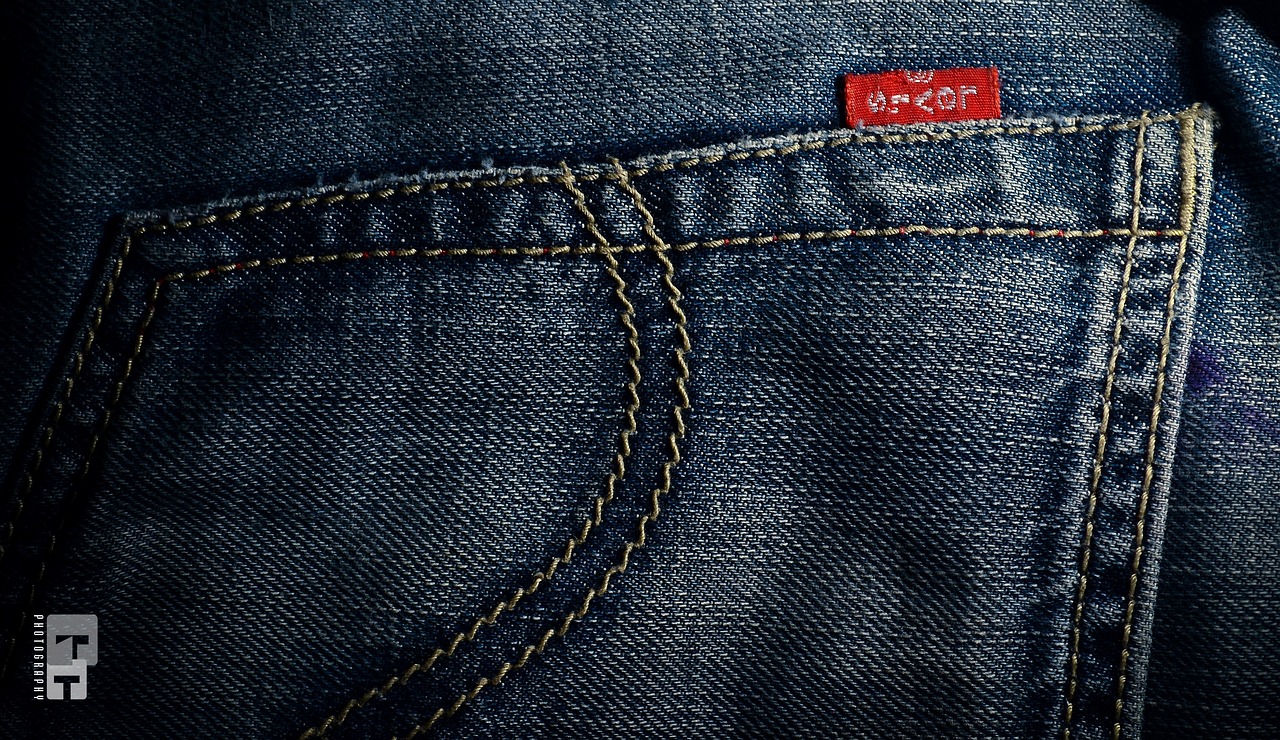The Influence of Architecture on Fashion Design: Structural Silhouettes and Urban Influence
Architecture and fashion design are two art forms that have always been closely intertwined. The structural elements, lines, and shapes found in architecture often serve as inspiration for fashion designers, influencing the creation of garments with unique silhouettes and detailing. In this article, we will explore the influence of architecture on fashion design, focusing on how architectural styles and urban landscapes impact the world of fashion.
Architectural Styles in Fashion Design
Architectural styles have long served as a source of inspiration for fashion designers. From the intricate details of Gothic cathedrals to the clean lines of modern skyscrapers, architectural elements are often translated into clothing designs that feature structural silhouettes and geometric shapes.
For example, the Bauhaus movement, with its emphasis on simplicity and functionality, has had a significant impact on the world of fashion. Designers such as Jil Sander and Helmut Lang have drawn inspiration from Bauhaus architecture, incorporating minimalist shapes and clean lines into their collections.
Similarly, the Art Deco movement, known for its geometric patterns and luxurious materials, has influenced fashion designers like Gucci and Prada. These designers often incorporate Art Deco motifs such as chevron patterns and metallic embellishments into their designs, creating garments that exude a sense of opulence and glamour.
Urban Influence on Fashion Design
Urban environments also play a significant role in shaping fashion trends. The bustling streets of cities like New York, Tokyo, and Paris serve as a backdrop for some of the most innovative and cutting-edge fashion designs. The architecture of these cities, from iconic landmarks to hidden alleyways, inspires designers to create clothing that reflects the urban lifestyle.
Streetwear, a genre of fashion that originated in urban subcultures, draws inspiration from the gritty aesthetic of city life. Brands like Supreme and Off-White incorporate elements of skate culture, hip-hop, and graffiti into their designs, creating clothing that resonates with young urban consumers.
Additionally, the architecture of urban landscapes often influences the color palettes and textures used by designers. Concrete jungles, glass skyscrapers, and brick buildings all find their way into fashion collections through muted tones, reflective fabrics, and rough textures.
Case Studies: The Intersection of Architecture and Fashion
To further illustrate the influence of architecture on fashion design, let’s look at some case studies of designers who have successfully merged these two art forms in their work.
1. Issey Miyake
Japanese designer Issey Miyake is known for his innovative approach to fashion, drawing inspiration from architecture, technology, and nature. His signature pleats, which mimic the folds of origami, are a nod to the geometric shapes found in modern architecture. Miyake’s garments are known for their architectural silhouettes and innovative use of materials, reflecting the influence of structural design on his work.
2. Zaha Hadid x United Nude
The late architect Zaha Hadid collaborated with footwear brand United Nude to create a collection of shoes that blur the line between architecture and fashion. The shoes feature sculptural heels and dynamic shapes that mimic Hadid’s avant-garde architectural designs. This collaboration showcases how architectural concepts can be translated into wearable art, blurring the boundaries between disciplines.
FAQs
Q: How does architecture influence the color palette of fashion designs?
A: Architecture often inspires fashion designers to use muted tones and earthy colors that reflect the materials used in building construction. For example, the warm tones of brick buildings may influence a designer to use terracotta or rust-colored fabrics in their collections.
Q: What role does sustainability play in the intersection of architecture and fashion?
A: Many architects and fashion designers are exploring sustainable practices in their work, seeking to minimize their impact on the environment. This shared focus on sustainability has led to collaborations between architects and fashion designers to create eco-friendly designs that prioritize longevity and ethical production methods.
Q: How can individuals incorporate architectural elements into their personal style?
A: Individuals can draw inspiration from architectural elements by incorporating structural silhouettes, geometric patterns, and textured fabrics into their wardrobe. Look for garments that feature clean lines, asymmetric shapes, and architectural detailing to add a touch of architectural flair to your personal style.
Overall, the influence of architecture on fashion design is a rich and complex relationship that continues to inspire creativity and innovation in both fields. By exploring the structural silhouettes and urban influences present in architecture, designers are able to create clothing that reflects the beauty and diversity of the built environment.







